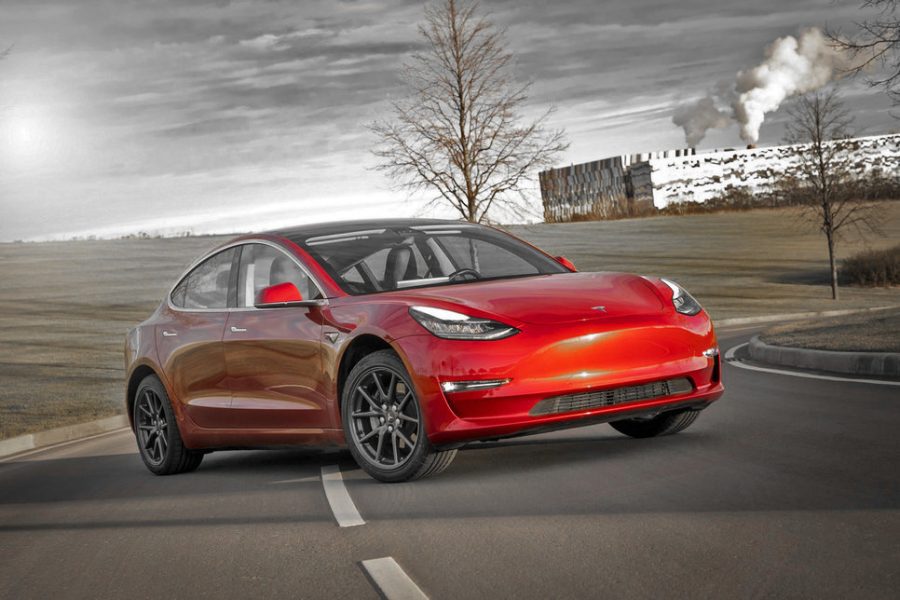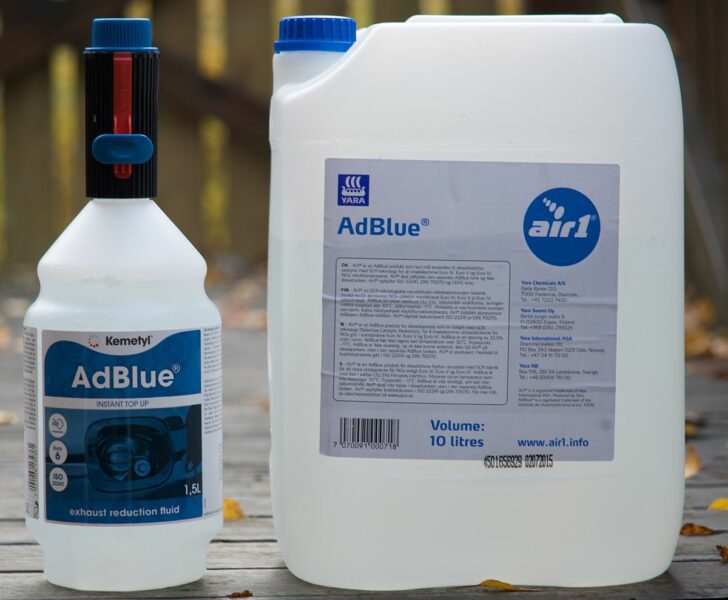
Renault Megan Grandtour
What about the Grand Tour? When I look at him, it seems to me that their roles are reversed. That Grandtour will now take on the role of the standard bearer of Renault's design department. The dynamism expressed by the front end with distinctively accentuated fenders at the rear has not lost anything, despite the demands for a more spacious cabin. I would even dare to claim that she won.
The meticulously drawn lines, the steeply sloping roof and the distinctly aggressive shape of the lanterns underline everything at best. And it is so perfect that it’s only when you open the tailgate for the first time that you find it opens right below.
Renault's designers did this with an optical illusion - they raised the bulging line of the virtual bumper so high (right under the lights) that our eyes see a rear end that reminds us more of a sedan than a van. Well done Reno!
We can continue to praise within. It has advanced in many ways: in design, ergonomics and, above all, in the choice of materials. This shape and usability don't always go hand in hand, you only notice it when you need to shift into reverse, look back and park sideways. Small rear side windows and bulky D-pillars make the job quite challenging. However, it is true that you can easily cause inconvenience and at a reasonable cost of 330 euros by purchasing a parking sensor.
We attributed another criticism to the back of our test sheets, but not because of the size. This meets all expectations, although the volume is slightly less than that of its predecessor (previously 520 liters, now 479 liters). Flexibility is also beyond question.
The bench is foldable and divisible. What's more, the front passenger seat backrest, which allows very long items to be transported, is also reversible. It gets stuck if you expected a perfectly flat bottom, as the bench seat stands upright when folded and protrudes outward.
Well, you can take some comfort in the fact that you don't manage objects over 160 inches long very often. And also the fact that the passengers in the Grantour are otherwise very well taken care of. This is more than the wagon version - exactly 264 millimeters - and this is also due to the longer wheelbase, which promises a more spacious passenger compartment. This is sure to please especially the rear passengers, and a sufficiently rich equipment package will provide a pleasant experience.
Dynamique can be found just below the top (only the Privilege offers more) and comes standard with cruise control and speed limiter, rain sensor, automatic air conditioning, audio unit with very convenient Bluetooth hands-free system, roof rack, front armrest, leather-wrapped steering wheel , a rich list of security accessories, and a keyless unlock / lock and start system.
How the Grandtour drives on the road ultimately depends on the Xenon's trim, electric seat, brake, map, navigation system and sunroof, and a host of other accessories, and just as importantly, the engine you use for it. you are taking.
If you are a fan of technology, then you will have no problems with the latter. The first on the list will certainly be the smallest (1 liter), but not the weakest TCe 4, which uses 130 kW and 96 Nm with modern forced charging technology.
And the truth is that this engine is much more useful, livelier and quieter than a similar diesel engine. Despite reaching maximum torque at 2.250 rpm, it responds to driver commands much earlier, easily reaches 6.000 at the tachometer and, thanks to a perfectly matched six-speed manual transmission, provides the driver with (almost) sufficient power in all conditions.
Compared to the same device that we tested in Scenic a month ago, it showed only slightly more clearly in the lower and middle operating range that it was forcibly charged (with characteristic small jerks when the accelerator pedal was suddenly pressed), and therefore, on the other side. the side drank much less. Not so much that its fuel consumption could be included in the section that we praise (on average it still required a good 11 liters of gasoline per hundred kilometers), but with moderate driving we still managed to get a consumption below ten liters.
And while Renault engineers will have to experiment a bit with the tuning of the new engine (much of this can be fixed electronically), they've done a pretty good job of most of the other things. First of all, they proved that the new Megane Grandtour has not only grown, but also become more mature.
Matevz Koroshec, photo :? Aleш Pavleti.
Renault Megane Grandtour 1.4 TCe (96 kW) Dynamic
Basic data
| Sales: | Renault Nissan Slovenia Ltd. |
|---|---|
| Base model price: | 18.690 € |
| Test model cost: | 20.660 € |
| Calculate the cost of auto insurance | |
| Power: | 96kW (131 KM) |
| Acceleration (0-100 km / h): | 9,9 with |
| Maximum speed: | 200 km / h |
| Mixed flow ECE: | 6,5l / 100km |
Technical information
| engine: | 4-cylinder - 4-stroke - in-line - turbocharged petrol - displacement 1.397 cm? – maximum power 96 kW (131 hp) at 5.500 rpm – maximum torque 190 Nm at 2.250 rpm. |
|---|---|
| Energy transfer: | front wheel drive engine - 6-speed manual transmission - tires 205/55 R 16 H (Michelin Energy Saver). |
| Capacity: | 200 km/h top speed - 0-100 km/h acceleration in 9,9 s - fuel consumption (ECE) 8,5/5,3/6,5 l/100 km, CO2 emissions 153 g/km. |
| Mass: | empty vehicle 1.285 kg - permissible gross weight 1.790 kg. |
| External dimensions: | length 4.559 mm - width 1.804 mm - height 1.507 mm - fuel tank 60 l. |
| Box: | 524-1.595 l |
Our measurements
| T = 23 ° C / p = 1.110 mbar / rel. vl. = 42% / Odometer Condition: 7.100 km | |
| Acceleration 0-100km: | 10,3s |
|---|---|
| 402m from the city: | 17,2 years ( 131 km / h) |
| Flexibility 50-90km / h: | 8,6 / 11,0s |
| Flexibility 80-120km / h: | 11,7 / 13,3s |
| Maximum speed: | 200km / h (WE.) |
| test consumption: | 11,2 l / 100km |
| Braking distance at 100 km / h: | 40,5m |
| AM table: | 40m |
evaluation
If in the previous generation the limousine played the role of a designer flagship, then in the new one it seems that it was entrusted to Grandtour. However, this is not his only trump card. The Grandtour is also larger, longer (longer wheelbase) and understandably roomier than the Berlin model, and generally more mature than its predecessor.
We praise and reproach
fresh form
advances in ergonomics
progress in materials
convenient bluetooth system
satisfactory capacity
engine performance
rear visibility
the bottom is not flat (the bench is lowered)
fuel consumption
otherwise, a good navigation system will not be fully compatible with other systems

